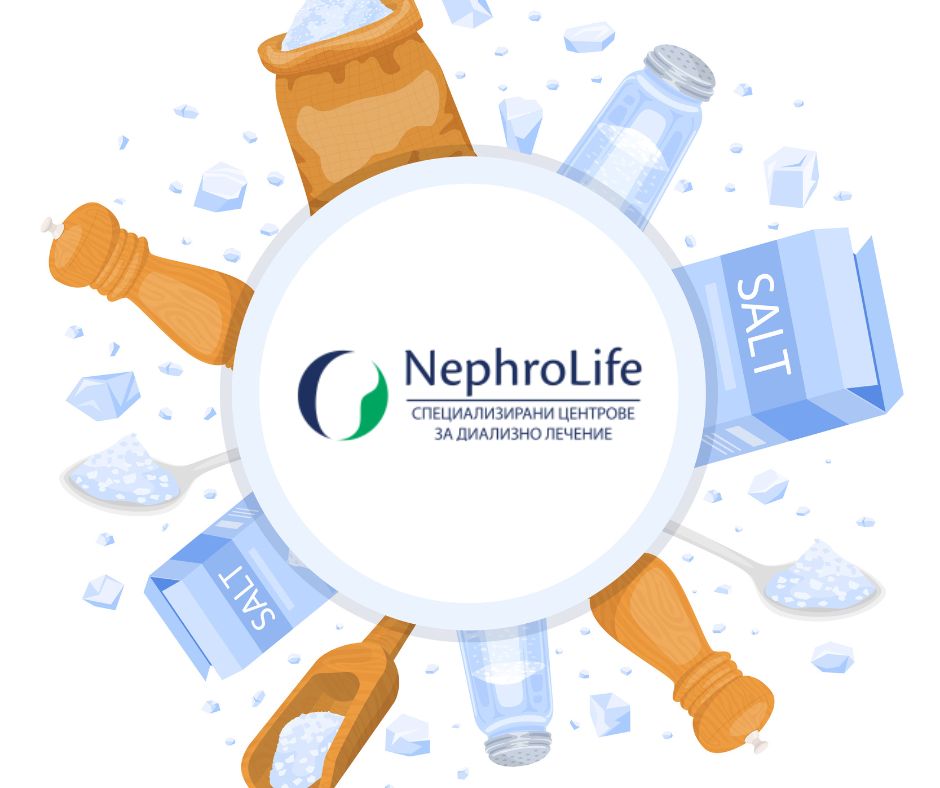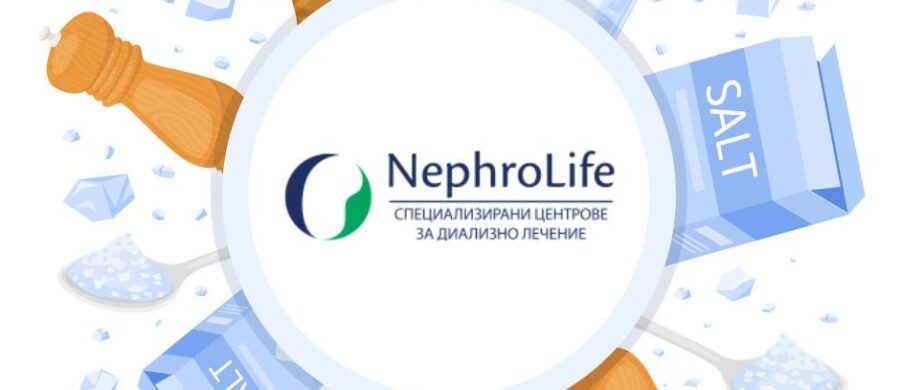Table salt, commonly referred to simply as salt in everyday life, is a mineral composed mainly of sodium chloride, a chemical compound of the salt group. In nature, it occurs in the form of natural crystals, as well as dissolved in seawater – the ocean has a salinity of 3.5%, which is equal to 35 grams of salts per liter of water.
The human body removes excess water from the body by filtering the blood through the kidneys, an activity that requires a balance of sodium and potassium in the body. A high-salt diet will alter this sodium balance, resulting in reduced kidney function and the elimination of less water, which in turn will lead to higher blood pressure. In addition, high salt intake has been shown to increase the amount of protein in the urine, which is a major risk factor for worsening kidney function and can increase the worsening of kidney disease in people who already have kidney problems.
WHAT DOES LARGE QUANTITIES OF SALT INTAKE LEAD TO?
High salt intake is associated with risk factors for both heart disease and worsening kidney function, including high blood pressure, excess protein in the urine, and fluid overload. Therefore, reducing salt intake can help reduce the risk of heart disease and preserve kidney function.
HOW MANY GRAMS OF SODIUM ARE OPTIMAL FOR PATIENTS WITH KIDNEY DISEASE?
People with or considered to be at risk of kidney disease or kidney failure should keep their salt intake below the recommended maximum of 5g. This can be achieved through simple changes such as eating less processed foods and checking product labels before purchasing.
HELPFUL STEPS TO REDUCE SALT
- Gradually reduce the amount of salt used, reaching almost 50%.
- Do not add salt to prepared foods before tasting them.
- Use different spices that will make the taste of food more intense without the need for additional salting
- Get a lower sodium variety of sea salt









